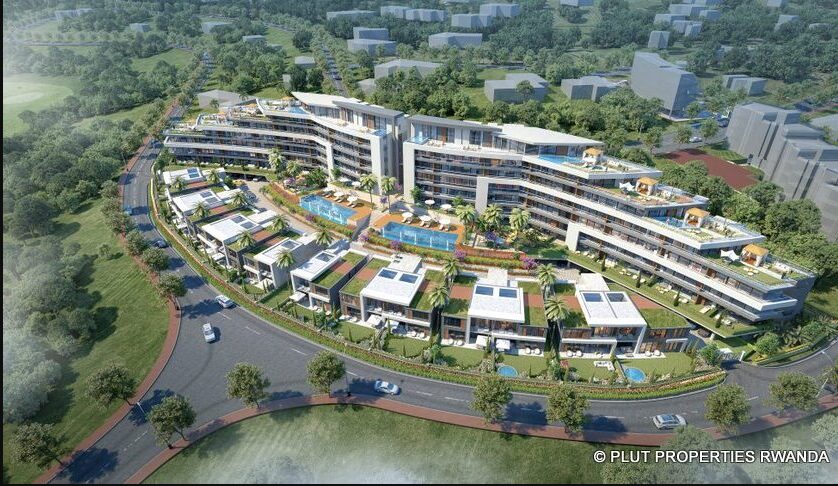
Harrington Golf Residence, Nyarutarama-for sale from $187,200. Credit: Plut Properties Rwanda
When discussing Kigali’s cost of living, it becomes a lively topic with residents who have experienced the city’s transformation from the late 1980s to today.
For new arrivals, it is hard to imagine a time when someone like Marcelin Gasana, a native of Muhima in central Kigali, would recall the days when a company director could make Rwf 60,000 monthly—a substantial salary back then.
A Look Back
In those days, Rwf 1,000 could easily cover a night out with friends. Beer was just Rwf 100, soda Rwf 25, and brochettes (stewer) could be had for Rwf 25. Gasana remembers teachers earning Rwf 11,000 per month, enough to cover rent, school fees, and other household needs. A modest family home rented for Rwf 5,000 monthly, while a larger one could be Rwf 10,000.
At that time, transportation was simpler; a bus ride from downtown to Kimihurura cost only Rwf 20, and a moto ride was Rwf 50. Even taxis, considered a luxury, charged just Rwf 100 for a single trip within the city.
Kigali’s Housing Market: Evolving Costs
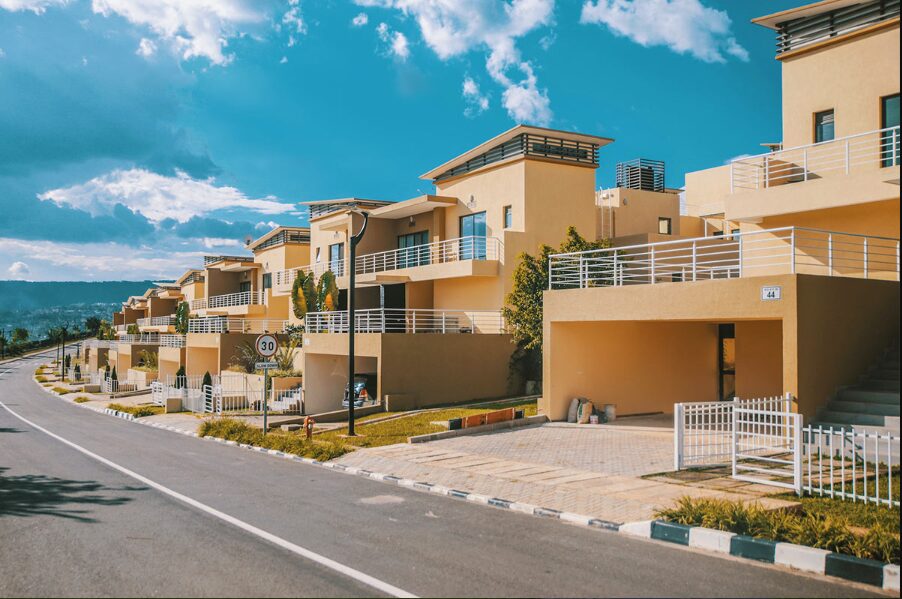
Vision City Estate, Gaculiro
Today, Kigali’s expanding economy and rising development have significantly impacted the cost of living and housing across the city. Kigali offers options for all budgets, but living conditions vary widely depending on income. Casual laborers, for example, might find a one-bedroom annex for Rwf 20,000 in lesser-known neighborhoods, though these often lack electricity. In more affordable city suburbs, Rwf 100,000 might rent a basic family home, but shared compounds are typical at this price point.
For salaried earners and those with stable incomes, a cadastral house costs between Rwf 200,000 and Rwf 500,000 per month, depending on the neighborhood. Furnished houses come at a premium, often doubling the rent. If purchasing a home, securing a mortgage of Rwf 70 million could provide a decent home, while Rwf 100 million opens up more desirable neighborhoods. Mortgage payments generally extend over 20 years, with interest rates at 17% or more, depending on the bank.
Kigali’s Neighborhood Tiers
Premium Neighborhoods
High-end neighborhoods, such as Kacyiru, Kiyovu, Kimihurura, and newer additions like Nyarutarama, Gaculiro, and Kibagabaga, are known for their upscale planning and proximity to the central business district. These areas cater to VIPs, diplomats, and Kigali’s elite.
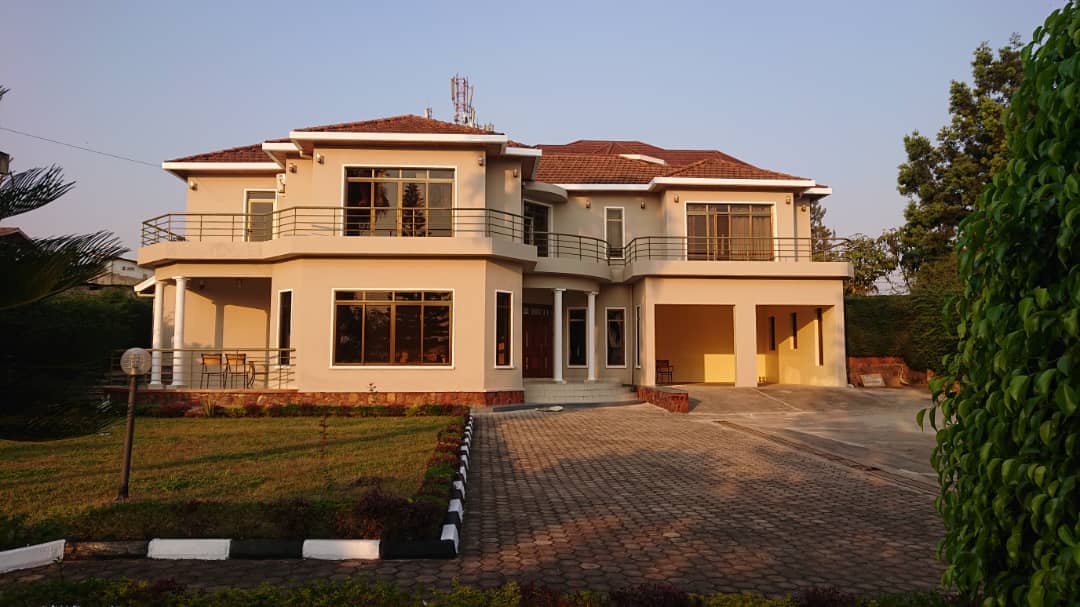
On sale from Nyarutarama: $ 900,000 by Marchall Estate
In these neighborhoods, luxury villas with plots ranging from 1,000 to 5,000 square meters are common. These expansive homes, with up to ten bedrooms, include swimming pools, playgrounds, and landscaped gardens, offering unparalleled comfort. Monthly rent ranges from Rwf 4 million to Rwf 11 million, while purchasing a villa costs between Rwf 800 million and Rwf 1.2 billion. Exclusive apartments, such as La Rubibi in Nyarutarama or Touch Africa in Kacyiru, rent between Rwf 1 million and Rwf 3.5 million, depending on the number of rooms, and cost Rwf 450 million to Rwf 600 million per unit.
Medium Neighborhoods
Neighborhoods like Kimironko, Kicukiro, Kagarama, and Rusororo offer mid-range living options with developed roads and planned layouts. Though just outside premium areas, they’re more affordable, providing comfortable housing for middle-income residents.
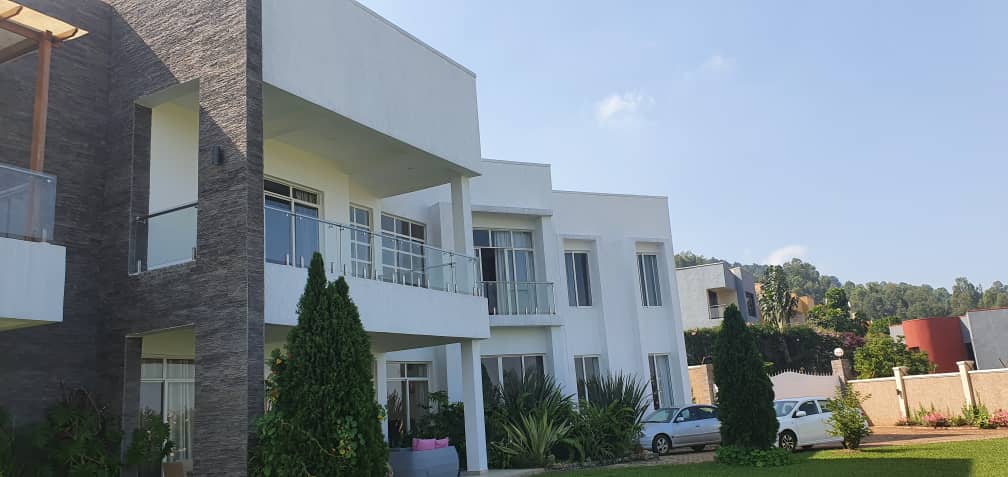
Rebero
For example, in Rebero, rent ranges from Rwf 1 million to Rwf 3 million, and a house in this area costs Rwf 150 million to Rwf 250 million, but storied buildings can go as high as $ 800,000. Kimironko, a popular choice, offers cadastral homes renting between Rwf 600,000 and Rwf 1 million, while storied homes can go up to Rwf 2 million per month. Property prices range from Rwf 100 million to Rwf 400 million.
Rusororo offers standalone storied homes and twin houses with rents between Rwf 350,000 and Rwf 500,000, while purchase prices range from Rwf 150 million to Rwf 400 million.
Low-Income Neighborhoods
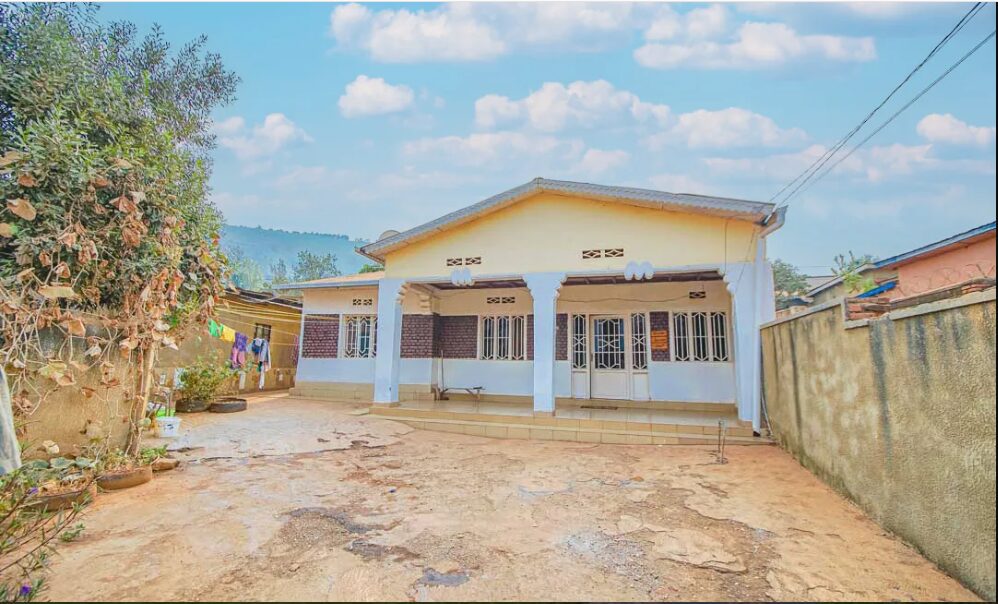
For sale from Gatsata: Rwf 50 million by BANAMWANA Hoffman Prince
Lower-income neighborhoods include areas like Gatsata, Kimisagara, Masaka, and Ayabaraya, where settlement planning is limited. These areas mainly attract low-income earners and those working toward financial stability. In these neighborhoods, rent for a simple one-bedroom unit ranges from Rwf 30,000 to Rwf 80,000, while two-bedroom homes cost between Rwf 100,000 and Rwf 200,000. Larger buildings near main roads can rent for Rwf 350,000 to Rwf 600,000. For home buyers, a cadastral house in these areas is typically Rwf 60 million to Rwf 70 million, with storied buildings reaching Rwf 150 million to Rwf 180 million.
Furnished Housing Options
In Kigali’s premium areas, the cost difference between furnished and unfurnished housing is minimal, typically around 10%. However, in lower-income areas, a furnished home can increase rent by 50% to 70%. Most rental agreements require an upfront payment of three months’ rent, though some landlords may request an annual advance. A clause to cap annual rent hikes can provide tenants with stability amid price fluctuations.
Brokers and Their Fees
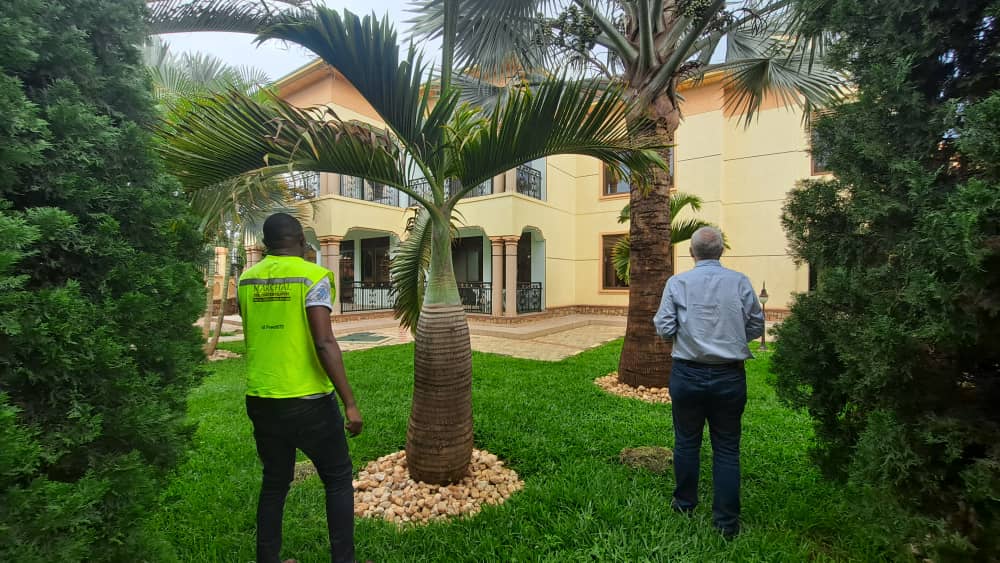
Brokers play a significant role in Kigali’s rental market, with fees typically set at half a month’s rent for a three-month lease or a full month’s rent for an annual contract. For property sales, brokers charge 5% of the home’s cost. Some brokers may also charge both tenant and landlord, though others choose to charge only the property owner.
Housing Costs in Rwanda’s Secondary Cities
In satellite cities like Muhanga, affordable housing remains accessible. A single room can cost around Rwf 50,000 per month, while larger homes go for Rwf 200,000, and a high-end cadastral home can reach Rwf 300,000. For home buyers, prices range from Rwf 25 million for basic structures to Rwf 100 million for modern homes. Muhanga’s access to local construction materials, like sand and bricks, helps keep building costs low.
The Lavish Side of Musanze
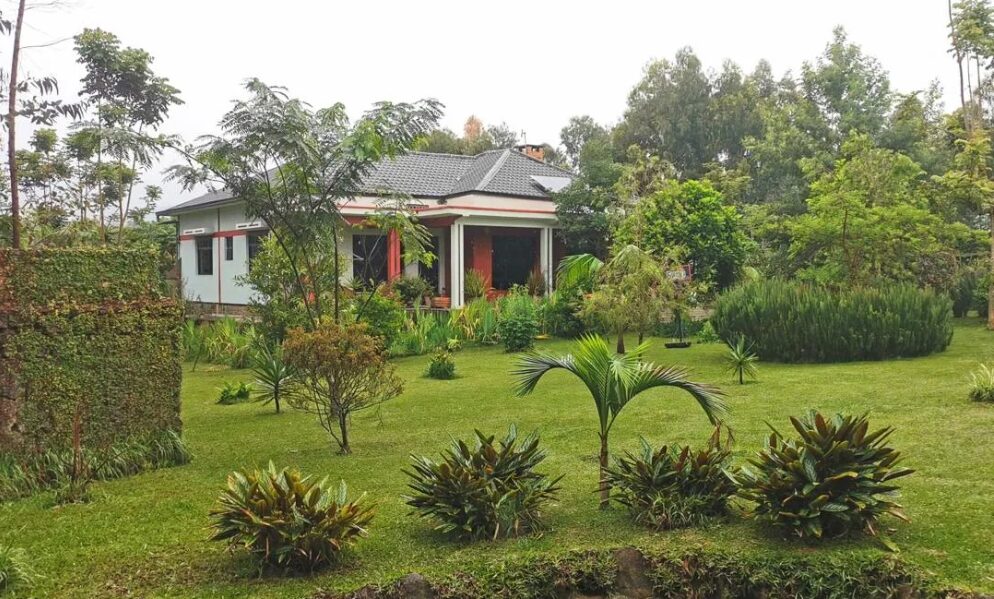
Vacation home for sale in Musanze Rwf 250 million
Musanze, a hub for tourism, offers varied housing options. Basic homes rent for Rwf 60,000 to Rwf 120,000, with family homes priced at Rwf 200,000 to Rwf 300,000. Luxurious hotels, popular with tourists, charge Rwf 50,000 to Rwf 200,000 per night. For the affluent, five-star hotels in Musanze can reach Rwf 20 million per night.
Rising Interest in Bugesera and Huye
Bugesera, propelled by the construction of a new airport, is drawing attention from new residents and investors. Three-bedroom homes here range from Rwf 35 million to Rwf 40 million, while four-bedroom properties cost up to Rwf 70 million. In Huye, renting a single room costs between Rwf 20,000 and Rwf 70,000, with family homes priced around Rwf 200,000. Houses for purchase in Huye range from Rwf 15 million to Rwf 40 million.
Navigating an Expensive Market
As housing prices continue to rise, renting or purchasing property in Kigali has become challenging for many. High-end properties are often rented in U.S. dollars, a practice the National Bank of Rwanda has tried to discourage. With Kigali’s diverse housing market, residents are exploring secondary cities and affordable neighborhoods in search of comfortable living arrangements that suit their financial means.
Additional Reporting By: Joyeuse Marie Claire, Mutuyimana Servelien, Ephrem Murindabigwi & Ernestine Musanabera.

